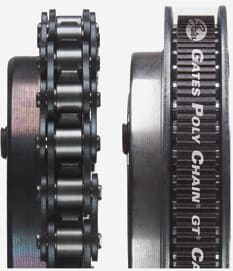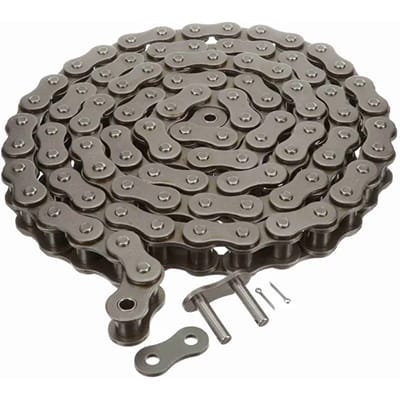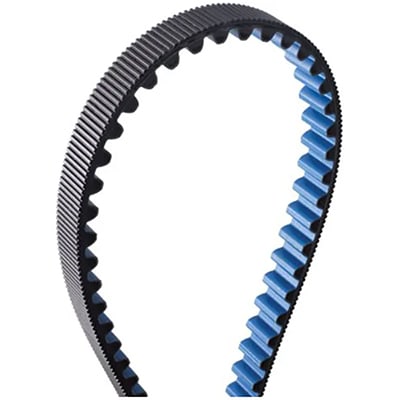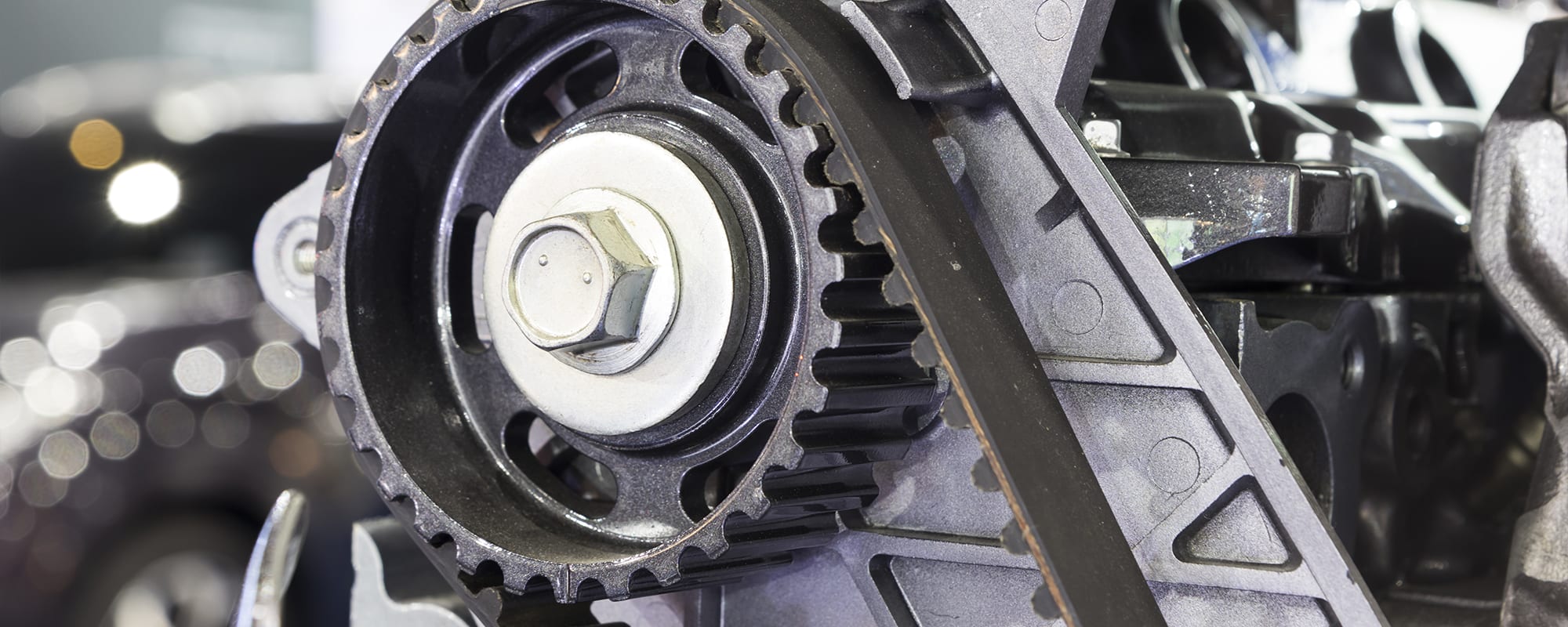
Will Morris
Category Manager, Mechanical Power Transmission
RS
Will Morris is a category manager for mechanical power transmission for RS in Fort Worth, Texas. We spoke to Will to better understand chains and belt drives and their application in today’s critical environments, where reliability and efficiency are always key.
Power automation systems routinely use chains and belts within various applications. There are distinct advantages to each. Of course, the environment and application are critical when determining whether a belt or chain drive is better suited to the equipment and its operation.
Sizing and specifying the proper belt or chain is crucial. An improper specification can cause catastrophic outcomes if the belt, for example, is the wrong belt length, width, material, or belt tension.
High speed and torque delivery design require belts. However, they can wear over time. Harsh conditions accelerate their wear, and carefully calculating belts of the proper size and material is crucial for performance.
There are numerous other considerations at the design phase of an automation system or in the machine design itself to consider. Performance is a top consideration. But other important considerations are lifecycle costs, maintenance, reliability, and the consequences of failure.
Chain drives are quite durable; however, they are not without flaws. They must be properly lubricated and maintained with proper tensioning and suitable to the environment in which they operate.
For both belts and chain drives, failure can lead to unsafe conditions and potentially cause injury. Also, failure disrupts operations, causes delays, and subsequent collateral damage can occur depending on the nature of the failure. If a belt snaps and frays or a metal chain breaks, it can cause further damage.
Can you provide an overview of chain drives versus belt drives and what overarching considerations equipment managers must consider in determining whether chains or belt drives are a favored choice?
While they aren’t a solution for every application, there are several advantages of using a belt drive as opposed to a traditional chain drive. Initially, depending on the size of the application, there can be a significant cost to convert a chain drive application over to a belt drive, so it is important to consider if the problems a belt drive can solve will offset the upfront costs. You should determine your main challenges with chain drives, including safety, maintenance, lifespan, noise, rust, and grease or oil problems. Many of these issues improve when implementing a belt drive.
Can you talk about the total lifecycle costs of belt drive versus chain drives?
As a rule, when maintained properly, belts can have up to three times longer lifespan depending on the application. Also, a worn belt will significantly outperform a worn chain which will reduce your costs as your items reach the end of life.

What are the maintenance considerations with belt drives versus chain drives? Do belts wear faster than chain drives – or is there more to the consideration?


In general, a belt will last three times as long as a chain and perform significantly better in worn conditions than a chain. Worn chains are prone to slippage, while belts can maintain grip more efficiently, even as they wear. Maintenance issues are one of the biggest reasons to consider a switch from a chain to a belt. Belts require no oil or grease, are easier to replace, and generally weigh one-third as much as a chain.
When would a chain drive make the most sense to use versus a belt drive?
Longevity and maintenance problems are two of the most common problems belt drives can solve. If you have an application where downtime and frequent maintenance can have a massive financial impact, switching to a belt drive could lead to significant cost savings. If you have a complicated or time-consuming application to disassemble for replacement, you may want to consider a belt drive for longer spans between changeouts.
What are some other considerations in using belt drives like weight, ease of changeout, safety, strength?
Any moving machine part is dangerous, but belts do have safety advantages over chains. They have minimal slip, which is important as belts and chains are often under heavy loads. They are generally quieter than chains and are usually safer to handle and change out. They typically can run at higher speeds which can improve your throughput.
Additional Links:
- RS Wedge and V-Belts
- RS Synchronous Belts and Timing Belts
- RS Poly Chains
- Gates Whitepaper: How Belt Drives Impact Overhung Load
- Gates Food Belting Brochure






